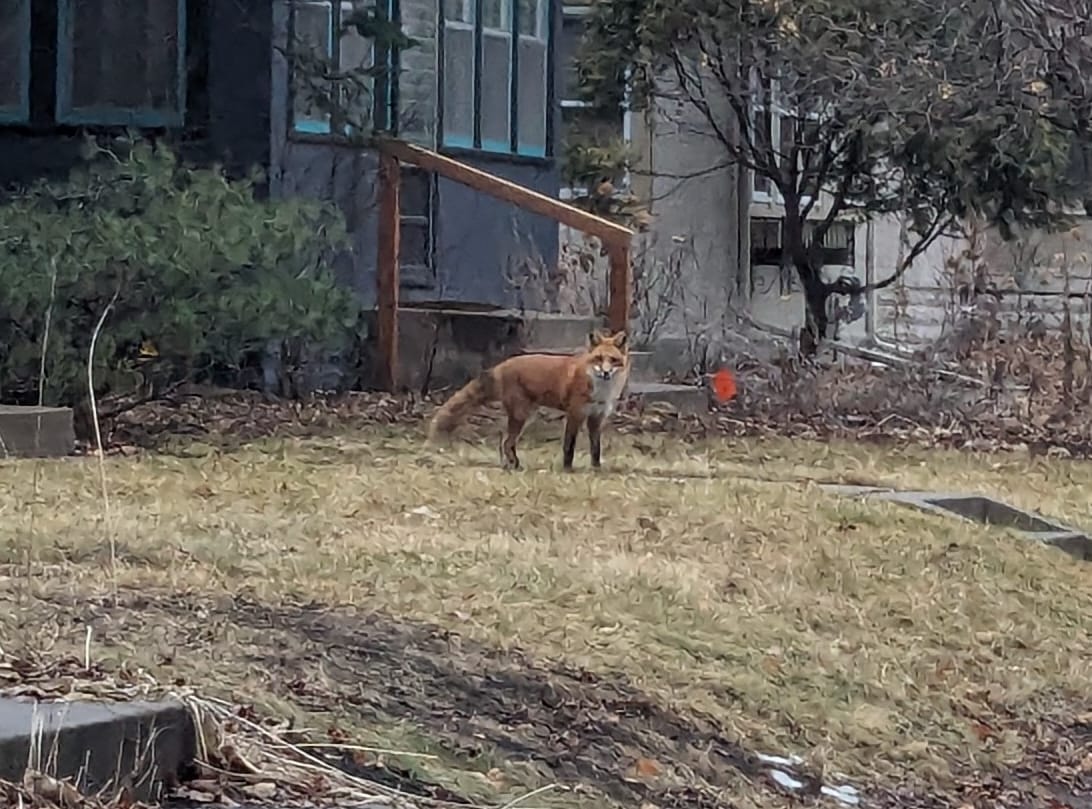🦊 Getting to know the Longfellow foxes
The foxes have become neighborhood folk heroes. Here's what we actually know about them.

Mice and rats are outright nuisances. Bunnies are cute until they chew up your garden. Squirrels are acrobatically entertaining but so commonplace that they can become invisible, and turkeys' increasing ubiquity – and decidedly un-acrobatic behavior – have robbed them of much of their novelty, too. Coyotes are noteworthy but carry a sinister air.
When it comes to neighborhood fauna, foxes are the intriguing animal du jour. They're mysterious. They're beautiful. They're as cunning as their reputation suggests. And while they're around enough to feel like a staple of the neighborhood, they're rare enough that it still feels like a treat to see one.
Autumn brings an uptick in fox sightings, as the spring's babies become juveniles and spend more time out and about. It also marks the start of the field season for the University of Minnesota's Twin Cities Coyote and Fox project, which is entering its seventh and final season of studying the lifestyles of these urban canids. I talked to Geoff Miller, who leads the day-to-day work of the study, to learn more about the Longfellow foxes in particular, and urban foxes in general. Here are five things I learned:
1. Most people like them – and for good reason
Subscribe to Longfellow Whatever.
Subscribe to Longfellow Whatever for news about the fine-grained details of life in Longfellow. (Frequently asked questions)
SubscribeAlready have an account? Log in